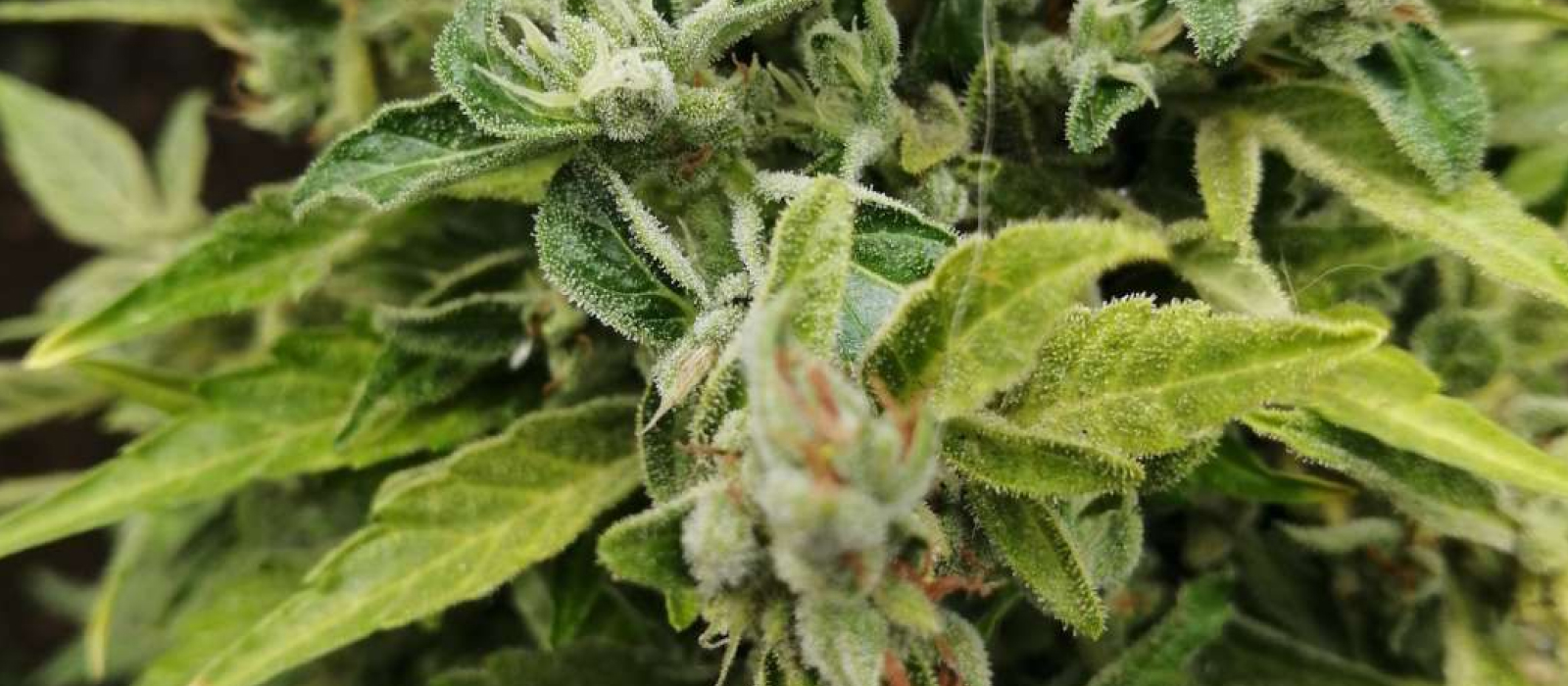What Is The Difference Between Indica And Sativa?
Both the use of medical marijuana and its popularity are expanding. Millions of people worldwide are learning how successful it is at treating a range of illnesses and promoting optimal health. However, along with its rising use and popularity come a number of frequently asked questions, with the indica vs. sativa debate being among the most frequently inquired.
The distinction between indica and sativa is discussed in this article. The article outlines the various effects of the cannabis sativa and indica plants and their chemical and physical variations. Continue reading for a comprehensive overview of the difference between indica and sativa strains.
Overview of the Difference Between Indica and Sativa
There are two types of cannabis: Cannabis sativa and Cannabis indica. They have a lot of comparable traits in common, but they also differ significantly.
In general, indica strains are thought to be more relaxing and sedating, while sativa strains are thought to be more energizing and uplifting. However, it is important to note that the effects of any given strain can vary depending on a number of factors, including the specific genetics of the plant, the way it was grown and harvested, and the individual characteristics of the person consuming it.
Physical Difference Between Indica and Sativa
There are significant physical differences between indica and sativa cannabis strains. These differences can be used to identify the type of plant. However, it is crucial to remember that there is considerable overlap and that precisely identifying a plant based on its physical qualities alone is not always straightforward.
The following are some physical variations between indica and sativa strains:
Leaves: Leave variation is the major physical difference between indica and sativa. Indica strains feature broader, thicker leaves, whilst sativa strains have thin, pointed leaves.
Plant structure: Indica strains are shorter, bushier, and have a dense canopy of leaves. Sativa strains are typically taller and narrower, with a more open and airy canopy.
Bud structure: Indica cultivars feature denser, heavier buds, whilst sativa strains have lighter, fluffier buds.
Flowering time: Indica strains flower faster than sativa plants, often requiring 8–12 weeks to mature. Sativa strains flower more slowly, often needing 10–16 weeks to mature.
Appearance: Indica strains have a darker green tint, whilst sativa strains have a lighter, more brilliant green color.
Again, these are generalizations, and there can be significant overlap in terms of physical traits between indica and sativa strains.
Chemical Composition Difference Between Indica and Sativa
The difference between a sativa high and an indica high is attributed to each strain's THC, CBD, and terpene levels.
The chemicals cannabidiol (CBD) and delta-9-tetrahydrocannabinol (THC) are known to create the effects of marijuana. These molecules, known as cannabinoids, have various effects on the brain.
These molecules, known as cannabinoids, have various effects on the brain. CBD works by interacting with the body's endocannabinoid system (ECS). The ECS is primarily in charge of homeostasis, the body's capacity to maintain equilibrium in internal functions such as temperature, immunological responses, and mood.
Both THC and CBD are found in Sativa and Indica plants. Though the content of each varies by plant, Sativa plants often generate more THC than CBD, while Indica plants typically produce more CBD than THC.
However, some experts argue that the labels Indica and Sativa should only be used to differentiate between species in terms of branching, height, and leaf size, as opposed to effects, because THC and CBD levels within a species are not consistent. As a result, the THC and CBD levels of hybrids can vary depending on the plants utilized to make them.
Terpenes are chemicals that give marijuana its distinct smells, fragrances, and effects. Terpenes, together with cannabinoids, are believed to be responsible for the distinction between indica and sativa effects. Linalool, for example, is a terpene with anti-anxiety qualities, but myrcene is known for its pain-relieving characteristics. Terpenes may explain why a sativa plant strong in calming CBD may still energize and boost productivity.
Difference between Indica and Sativa: Effects and Uses
Indica strains are well-known for their calming effects, making them an excellent choice for stress relief and relaxation. They are frequently used to treat anxiety, sleeplessness, and chronic pain. Because of their relaxing properties, they are recommended for use before bed. Indica strains are also known for stimulating appetite. Thus they are frequently used to treat eating disorders and other diseases that induce a lack of appetite. Indica strains possess a higher CBD-to-THC ratio, which adds to their sedative effects.
Sativa strains are well-known for their stimulating and uplifting properties. Sativa strains have a greater THC-to-CBD ratio, which adds to their stimulating properties. As such, they usually are best used during the day. This type of cannabis is uplifting and produces a more cerebral high. It is frequently used to boost moods and creativity. Sativa strains are also utilized to relieve fatigue and depression.
Conclusion on the Difference Between Indica and Sativa
For cannabis consumers, the world of sativa vs. indica offers an unlimited number of options. Hybrid strains are far more prevalent than pure indica or sativa strains. Users can tailor their weed experience based on whether they like an indica high or a sativa high.
Knowing the difference between indica and sativa strains is also critical for growers. The look and intensity of the scent of sativa and indica leaves and flowers vary. Maturity, ideal growing location and climate, and harvest times all vary. Those who want to grow marijuana indoors, for example, in a small apartment, should look for shorter indica-dominant strains instead of taller, sativa-dominant strains.
As with everything in weed, there are exceptions to each rule, and the distinctions between sativa and indica are not an exception. Individual body chemistry, plant genetics and harvests, and personal taste will all play a role in determining the ideal strain to produce or ingest.
No matter your preference, Callie's has you covered with excellent flower and cannabis products from numerous indica and sativa strains. Our friendly budtenders are here to help with any questions. Feel free to stop by your favorite Callie's location. We'll make sure to point you in the right direction.


